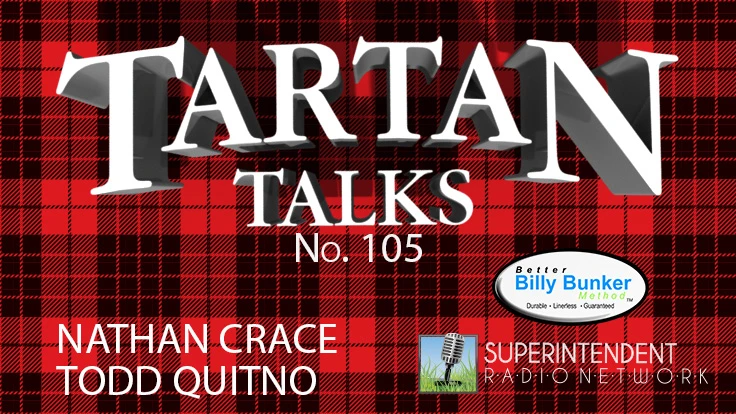
Adobe Stock
Timothy Zurybida has been in the turf industry for over 20 years. The time and experience have paid off, as he is now the director of agronomy for Troon and National Links Trust, a non-profit organization with an emphasis on municipal golf. With his role, he oversees three different courses in the Washington, D.C. area. That means triple the responsibility, triple the decisions and triple the budgets.
Through his hours and efforts, Zurybida has learned to be a salesman to the stakeholders — whether it’s with your greens committee, owners or members. “Everything is cyclical,” he says. “You always got to look at the big picture. But to advocate for yourself, you really have to get those stakeholders and get those decision makers, not so much on your side, but to see the deficiencies that you are trying to overcome.”
Zurybida has gained experience in budgeting for both the public courses and private club scenes. The difference lies in where the funding comes from. For private courses, your budget money comes from the members and membership fees. “You’re looking for longevity,” he says, “so you have to really try and maximize what you have so you can provide the best conditions possible for what that given amount would be.”
As much as you can carefully plan your budget each year, you can’t always plan for major global events. Zurybida learned that after dealing with the financial effects of the housing market crisis of 2008 and the COVID-19 pandemic.
“Everything literally doubled our price, whether it was the cost of nitrogen, so all fertilizer went up, the cost of fuel, shipping prices went through the roof,” Zurybida says of budgeting after COVID-19. “There are folks out there right now that signed lease packages more than two years ago and are still waiting on equipment.”
As he begins working on the 2025 budget for East Potomac Golf Course, Langston Golf Course and Rock Creek Park Golf Course, Zurybida must keep his eyes set on which areas make the most money. East Potomac is home to two 9-hole courses, an 18-hole course, miniature golf and a driving range. The driving range makes the most money, with 20 million golf balls hit last year, so the budget must be made accordingly.
“The driving range is the moneymaker for us,” Zurybida says. “So that's the No. 1 priority. It's a difficult mindset to take that you’ve got to realize where your bread and butter is coming from and sort of manage that way.”
Rock Creek Park is preparing to begin a $35 million renovation, so a shoestring budget was planned to get through last season to save extra funds for the upcoming year.
To get the most out of your budget and funding, Zurybida recommends taking the decision makers out into action.
“Document issues that are on your property, photograph, send reports to whomever the decision makers are, whether it’s your general manager, whether it’s your greens committee. Take them out and show them that they are out there. Whether it would be a demo piece of equipment that performs much better than the equipment that you have and you can see it firsthand, or a drainage project that you’re trying to get, get your green chairman out there after a little bit of rain, show them that the second fairway does not drain at all. We need to allocate some funds to fix this, which will allow us to get carts out on the golf course quicker and allow for more profitability of the club.”
Kelsie Horner is Golf Course Industry’s assistant editor.
Get curated news on YOUR industry.
Enter your email to receive our newsletters.Latest from Golf Course Industry
- Schaffer’s Mill turns to Troon for management
- Talking Turf Weeds 13: Talking seasonal change with Heidi Burgess and Paul Marquardt
- Beyond the Page 65: New faces on the back page
- From the publisher’s pen: New? No way!
- Indiana course upgrades range with synthetic ‘bunkers’
- Monterey Peninsula CC Shore Course renovation almost finished
- KemperSports and Touchstone Golf announce partnership
- PBI-Gordon Company hires marketing manager Jared Hoyle





